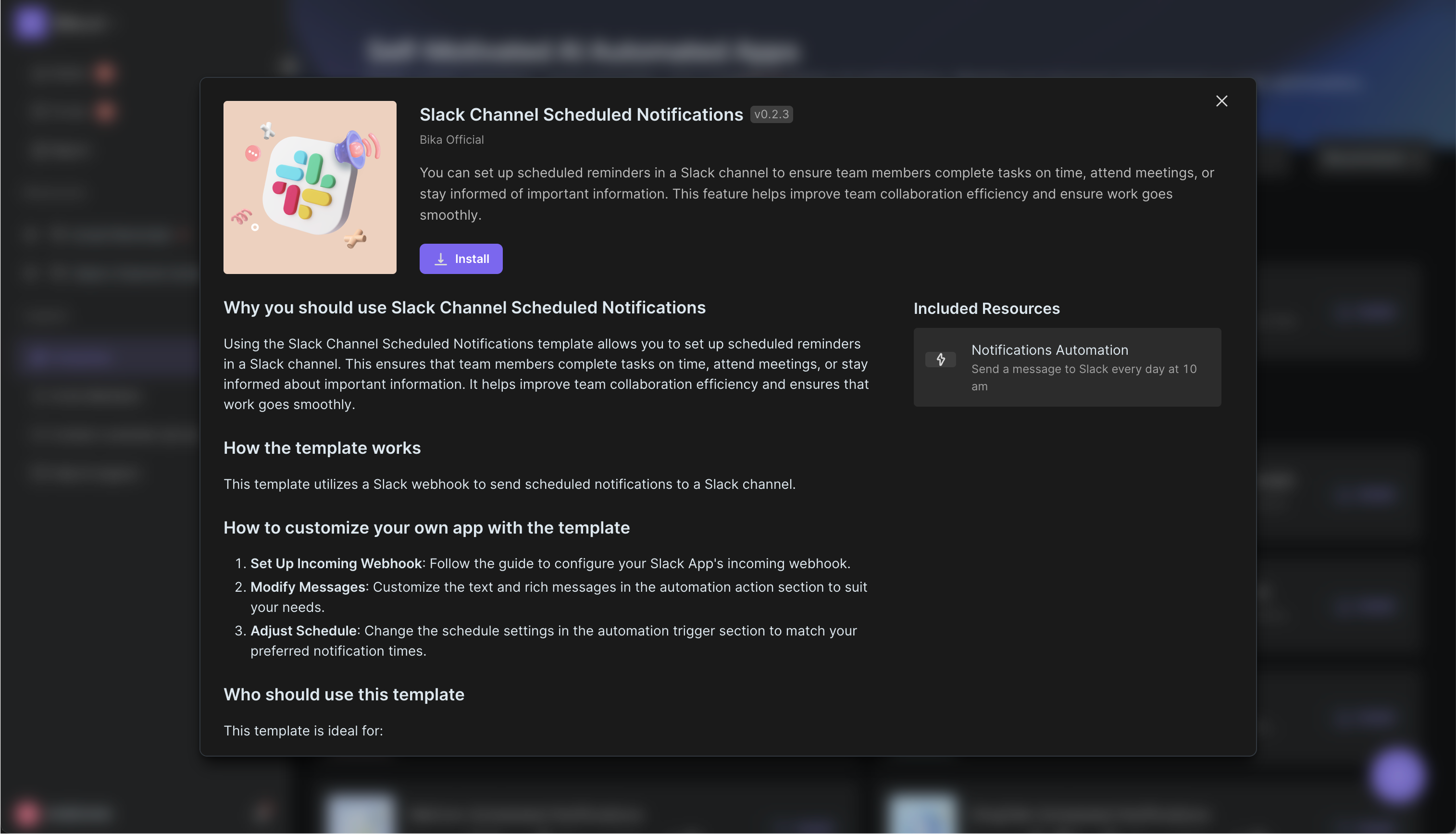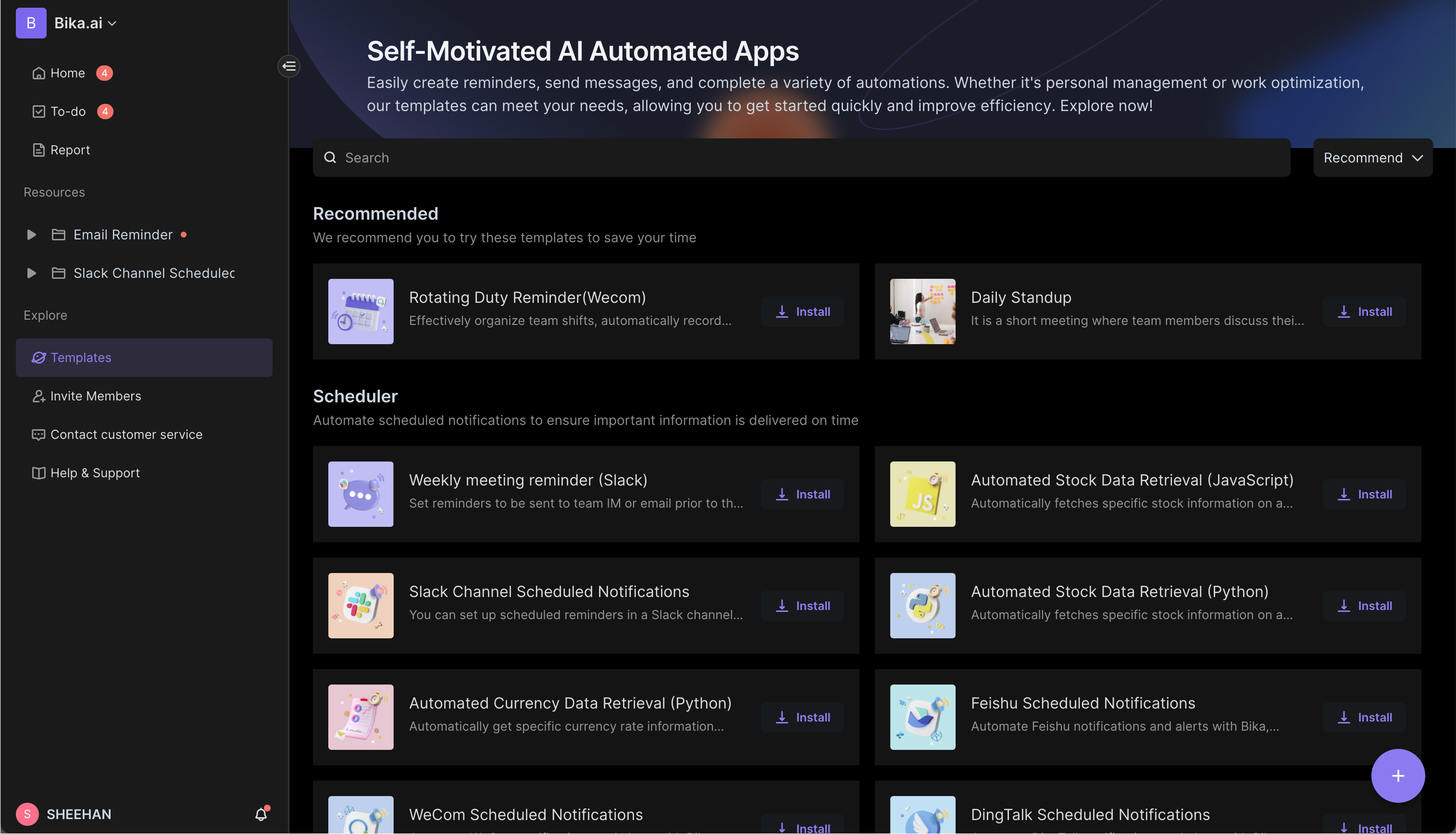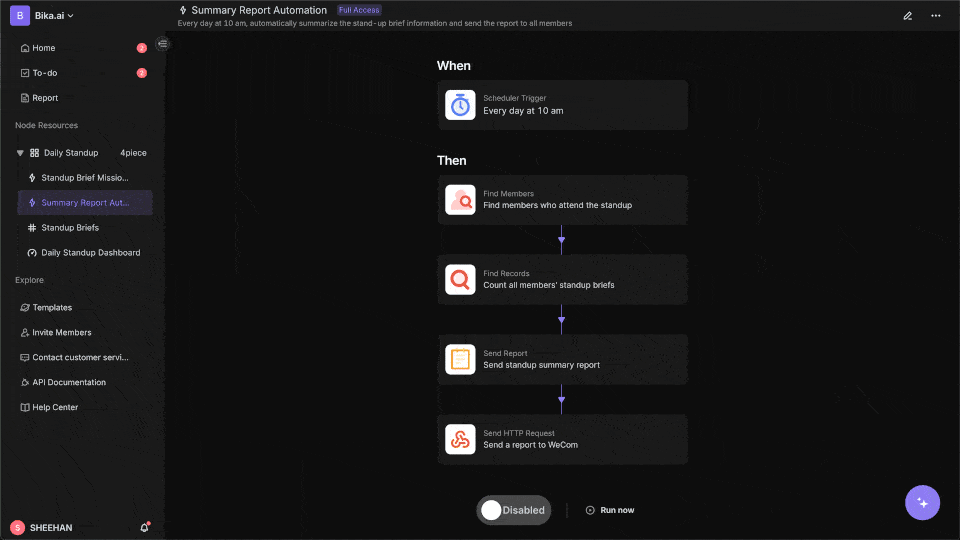
Unleashing the Power of Agent Swarm: Building Your Dream AI Team for Unprecedented Success
The Dawn of Collective Intelligence: Understanding Agent Swarm
Artificial Intelligence has come a long way from its humble beginnings. For a long time, single - agent AI systems dominated the landscape, excelling in tasks designed for individual intelligence. However, as the complexity of real - world problems grew, the limitations of these single - agent systems became more apparent. This has led to the emergence of a new paradigm: the agent swarm.
An agent swarm can be defined as a collection of multiple AI agents that collaborate with each other to achieve a common goal. These agents are autonomous entities, each with its own set of capabilities and decision - making processes. They communicate and interact in a decentralized manner, sharing information and resources to solve complex problems.
The concept of agent swarms is gaining traction for several reasons. Firstly, it mimics natural swarm intelligence seen in nature, such as ant colonies or bird flocks, where the collective behavior of simple individuals results in complex and efficient problem - solving. Secondly, in a world where data is vast and diverse, agent swarms can handle different aspects of a problem simultaneously, leading to more comprehensive and faster solutions.
:::: key-takeaways ::::
- An agent swarm is a group of multiple AI agents working together towards a common goal.
- These agents are autonomous and communicate in a decentralized way.
- The concept is inspired by natural swarm intelligence and is well - suited for handling complex, data - rich problems. ::::
Beyond Single Agents: How Agent Swarms Work
In an agent swarm, the interaction between agents is crucial. Agents use various communication protocols to share information. For example, they might exchange messages about their current status, the tasks they are working on, or any relevant data they have gathered.
Task decomposition is another key aspect. A complex problem is broken down into smaller, more manageable sub - tasks, and each agent is assigned one or more of these sub - tasks. Through collaboration, agents can ensure that their sub - tasks are coordinated, and the overall goal is achieved.
Emergent behavior is a fascinating outcome of agent swarms. As agents interact and perform their tasks, behaviors that are not explicitly programmed can arise. For instance, in a swarm of delivery drones (an example of an agent swarm in a robotics context), the drones might develop an efficient flight pattern over time that was not pre - determined but emerged from their individual interactions.
When compared to traditional single - agent AI systems, agent swarms have several advantages. Robustness is one such advantage. In a single - agent system, if the agent fails, the entire operation may come to a halt. However, in an agent swarm, if one agent fails, others can often pick up the slack and continue with the task. Flexibility is another benefit. Agent swarms can adapt to changing environments or new information more easily since multiple agents can adjust their behavior independently. And in terms of problem - solving complexity, agent swarms can handle much more intricate problems by dividing the workload and leveraging the collective intelligence of all agents.

The Promise and Potential Applications of Agent Swarms
Agent swarms have the potential to revolutionize multiple industries.
In complex scientific research, such as drug discovery, agent swarms can be used to analyze vast amounts of chemical data. Each agent could focus on a different aspect, like screening for potential drug candidates, predicting their biological activity, or studying their toxicity. In climate modeling, swarms of agents could process different types of climate - related data, such as temperature, precipitation, and ocean currents, to create more accurate climate models.
Automated enterprise workflows and supply chain optimization can also benefit greatly. Agents in a swarm could manage different parts of the supply chain, from inventory management to logistics. They could communicate in real - time to ensure that products are delivered efficiently, costs are minimized, and customer satisfaction is maximized.
In financial market analysis and trading, agent swarms can analyze multiple market indicators simultaneously. Some agents could focus on technical analysis, while others on fundamental analysis. By collaborating, they can make more informed trading decisions.
In the realm of robotics and autonomous systems, drone swarms can be used for tasks like surveillance, search - and - rescue operations, or agricultural monitoring. In smart factories, agent - controlled robots can work together to optimize production processes.
Even in gaming and virtual environments, agent swarms can create more realistic and dynamic non - player characters (NPCs). These NPCs can interact with each other and the player in more complex ways, enhancing the overall gaming experience.
Notable in this field is the "OpenAI Swarm," which is one of the initiatives exploring the potential of multi - agent systems. While we won't delve too deeply into it, it's part of the broader movement towards harnessing the power of agent swarms.
For more information on agent swarms, you can refer to these reputable sources: RelevanceAI's article on agent swarms and CIO's article on agent swarms.

From Theory to Practice: Building Your AI Team with Bika.ai
The idea of an agent swarm, while revolutionary, was once mainly in the realm of research. However, platforms like Bika.ai are changing that. Bika.ai is a platform that enables users to assemble their own AI teams, essentially creating agent swarms tailored to specific tasks and workflows.
With Bika.ai, users can combine different AI agents or functionalities. This means that whether you're in a business looking to automate your marketing processes, a researcher aiming to analyze complex data, or a project manager trying to streamline operations, Bika.ai provides an easy - to - use interface to build your own agent swarm. The platform emphasizes ease of deployment and customization, allowing users to quickly adapt their AI teams to different scenarios.

Spotlight on the Customer projects Template: An Example AI Team in Action
One of the great examples of an agent swarm on Bika.ai is the Customer projects Template. This template is a game - changer for consulting companies, law firms, and sales teams.
Why you should use the Customer projects Template
It helps calculate the hours worked that require compensation, gives a comprehensive overview of project progress, and creates a collaborative platform. This means that instead of dealing with chaotic project management, teams can enjoy efficient and organized operations.
How the template works
The template consists of several components. The Projects Board is a dashboard that offers visual insights into project and task status, with charts and numbers for a quick overview. The Projects Database manages project details such as status, start and end dates, notes, contacts, and tasks. The Task of Projects Database tracks task - specific information like task name, owner, start and end dates, status, estimated hours, client cost, and related files. The Contacts Database stores contact information including name, company, title, type, phone, email, website, and links to customer projects. All these components work in harmony to streamline the project management process.
How to use
Using the template is straightforward. First, access the template. Then, navigate to the Projects Board to get an overview of your projects. Next, use the Projects Database to manage project details. Track tasks in the Task of Projects Database and keep your contacts organized in the Contacts Database.
Who should use this template
It's ideal for project managers looking to streamline processes and track project progress, sales teams managing customer projects, and anyone involved in project, customer, or task management.
Key Features of This Template
It offers comprehensive project management, task tracking, contact management, and visual dashboards.
If you're interested in trying out this template, you can try the Customer projects Template.
The Future is Collaborative: Empowering Users with Agent Swarms
Agent swarm technology has the potential to transform the way we approach problem - solving. Platforms like Bika.ai are making this technology accessible to a wider audience, democratizing the power of AI.
By moving from individual AI tools to coordinated AI teams, users can achieve enhanced problem - solving capabilities and increased efficiency. Whether it's in business, research, or any other field, the ability to build your own AI team using agent swarms can redefine your approach to automation.
We encourage you to explore Bika.ai and start building your own AI teams to unlock the full potential of agent swarms.

FAQ
Q: What is the main advantage of an agent swarm over a single - agent AI system? A: The main advantage is robustness. In an agent swarm, if one agent fails, others can continue with the task, while in a single - agent system, a failure can halt the entire operation. Additionally, agent swarms offer more flexibility and can handle more complex problems.
Q: How does Bika.ai help in building an agent swarm? A: Bika.ai provides a platform where users can combine different AI agents or functionalities. It emphasizes ease of deployment and customization, allowing users to create agent swarms tailored to specific tasks and workflows across various domains.
Q: Who can benefit from using the Customer projects template on Bika.ai?
A: Project managers looking to streamline their processes, sales teams managing customer projects, and anyone involved in project, customer, or task management can benefit from using the Customer projects template.

Recommend Reading
- Achieve Peak Email Efficiency: The Best Email Client for Mac Meets Visual Inspiration Tracking Automation
- Automating YouTube to Twitter Sharing: Bika.ai vs ChatGPT, Zapier, Make, and Airtable
- Choosing the Right AI Content Detector in 2025: A Comparative Review
- Grow Faster, Work Less: Top Marketing Automation Tools for Startups
- Grow Faster, Work Less: Top Marketing Automation Tools for Startups
Recommend AI Automation Templates




